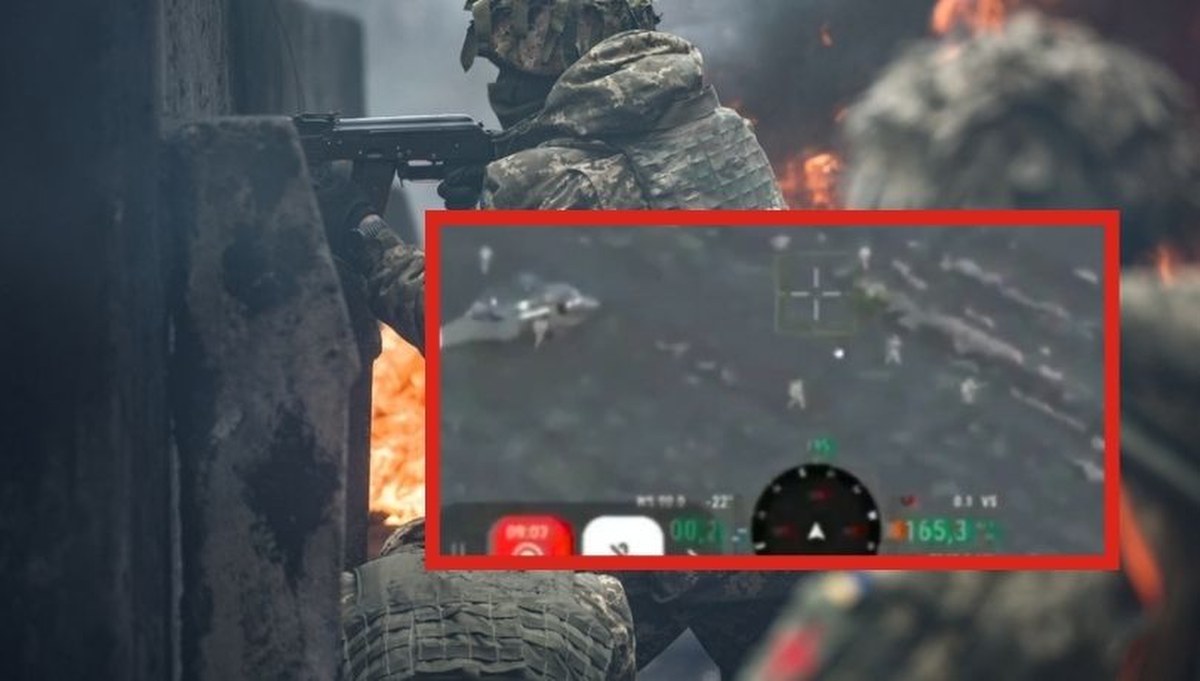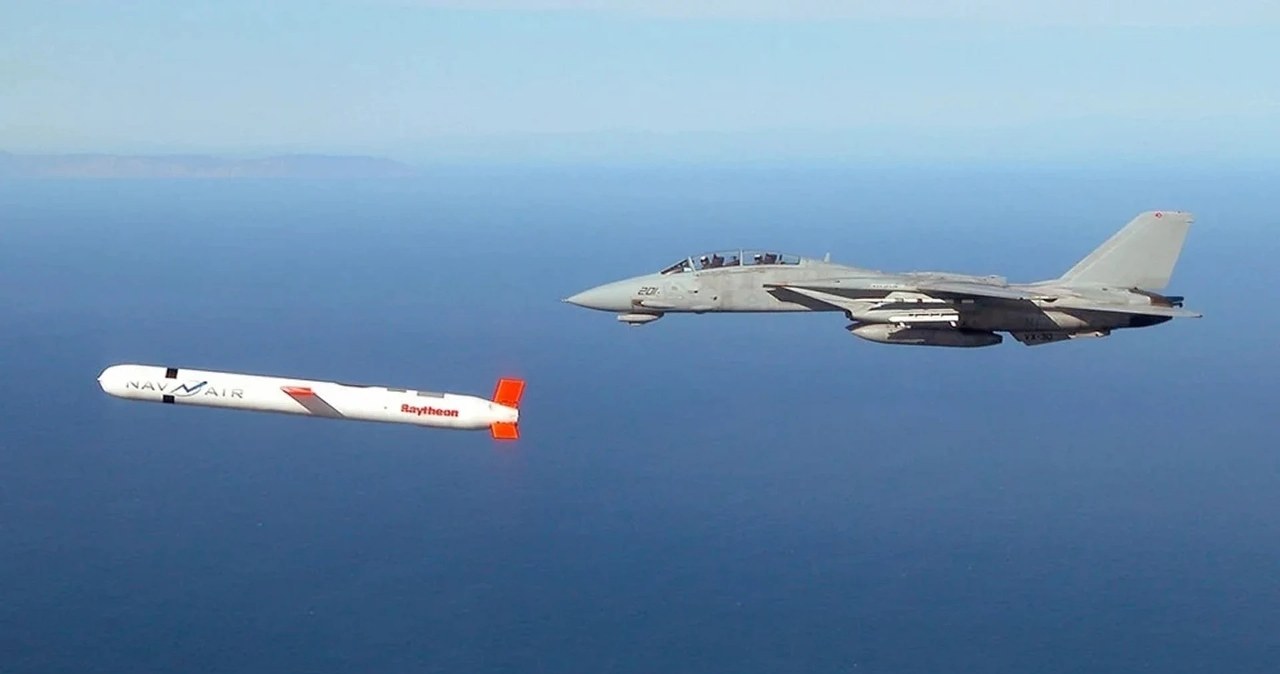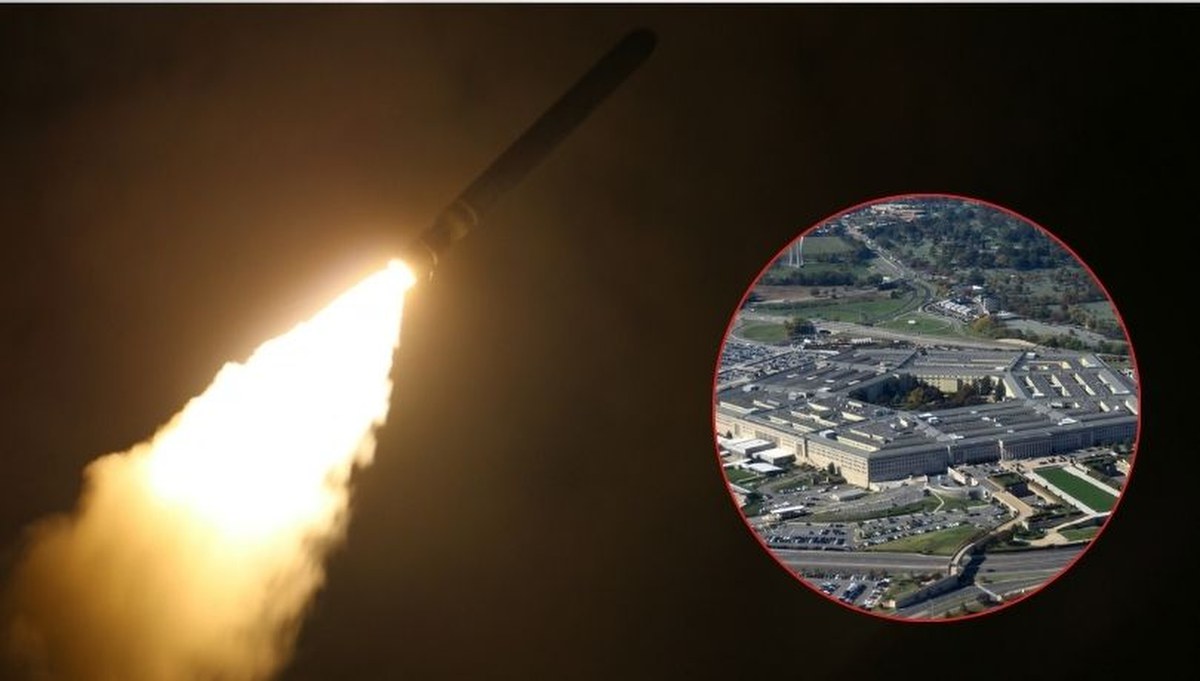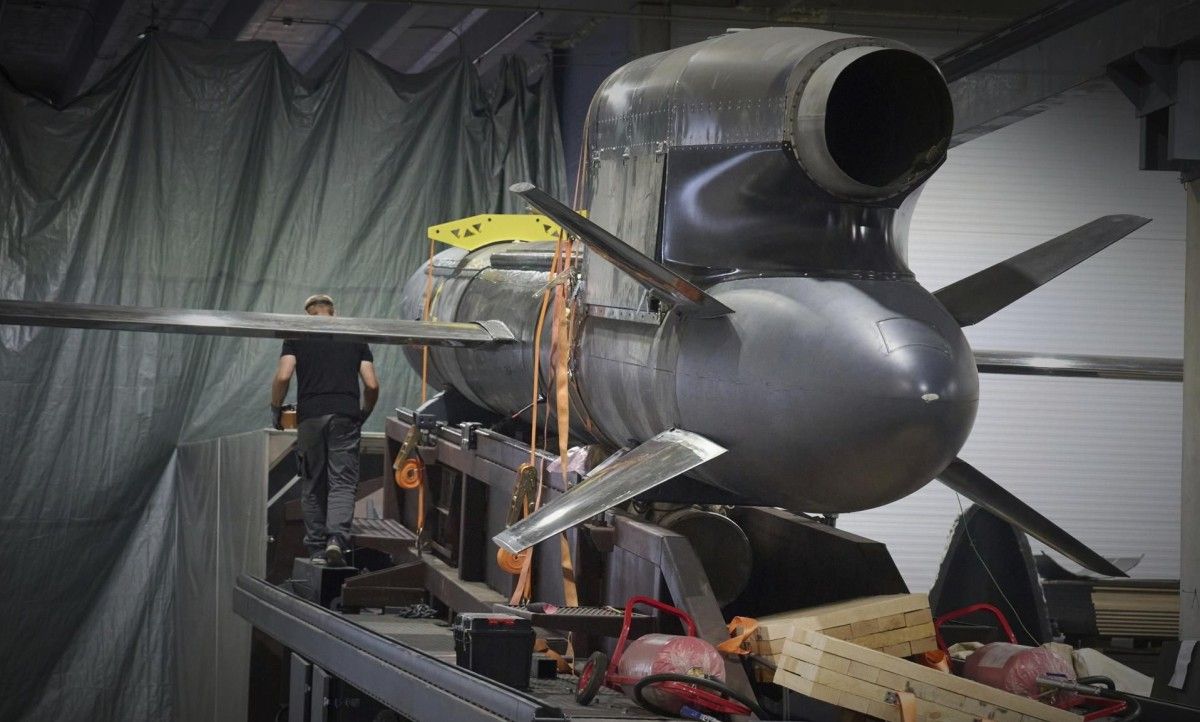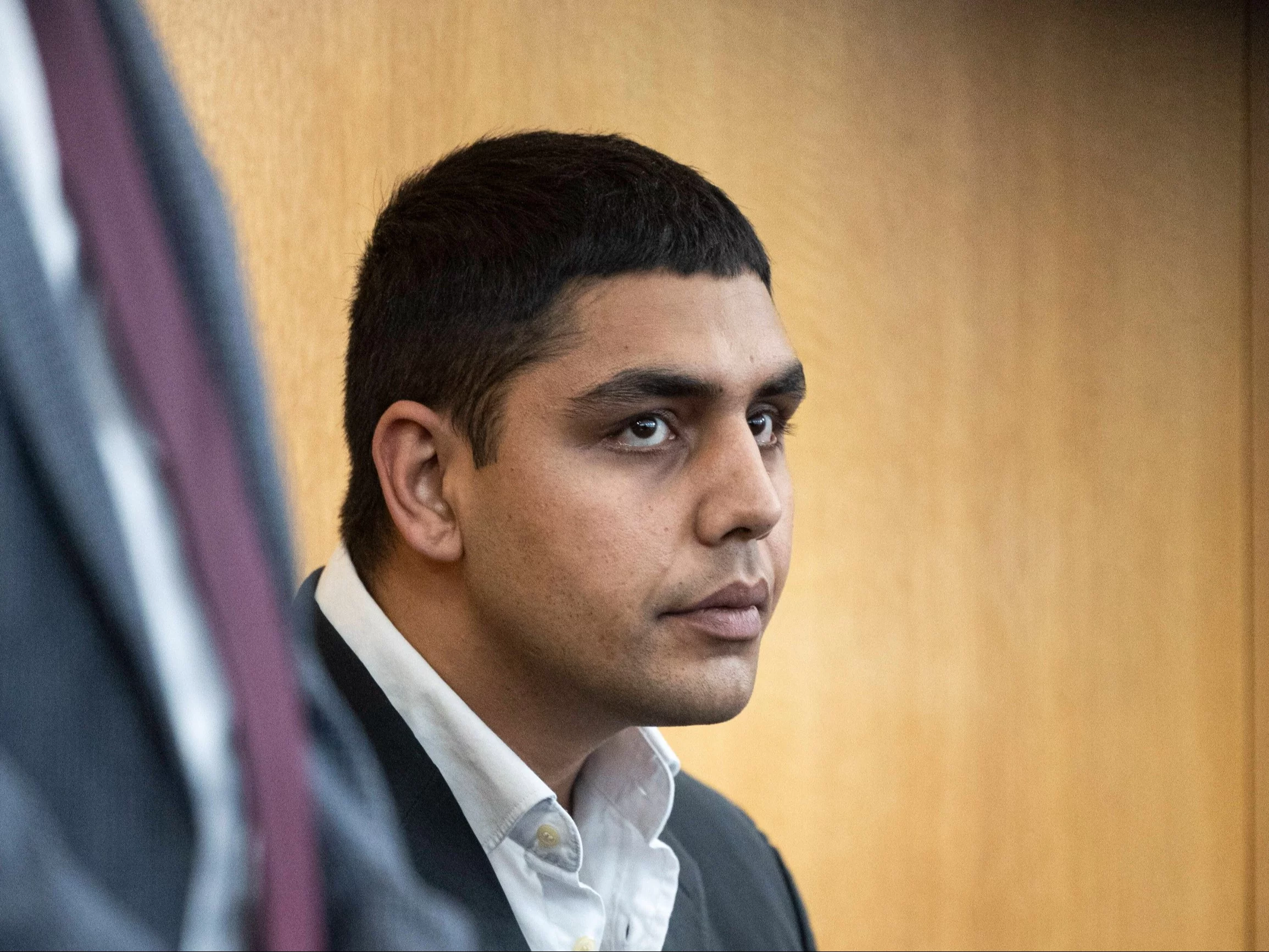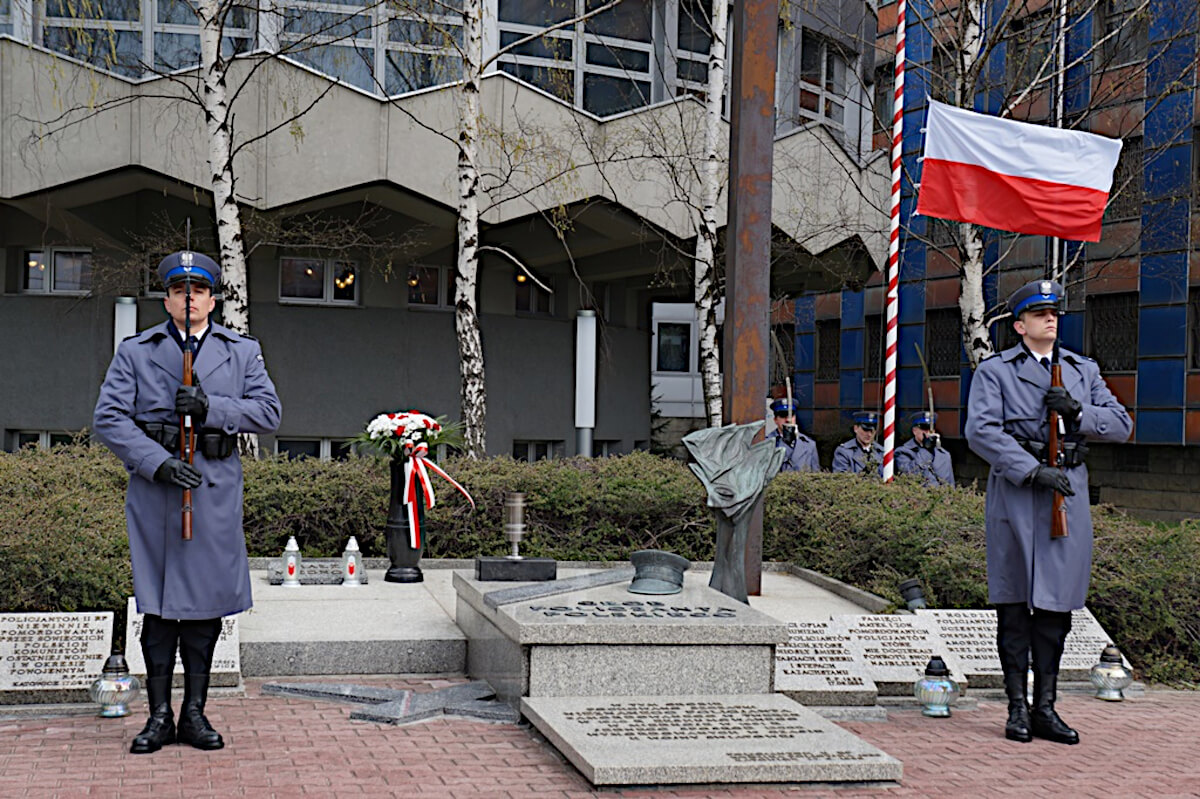Importantly, a fewer months before the NATO summit, many intelligence experts suggested that Russia’s eventual goal is not only “to reconstruct the russian empire”, but besides to straight attack Alliance territory with a natural emphasis on the east Flank countries. Regardless of the actual assessment of Russia’s military capabilities and resources in the coming years, NATO has already sensed the writing on the wall and started to cover all bases, systematically expanding its defence spending and resources both in the area of deterrence to prevent specified aggression, as well as possible retaliation in the event of an attack. Russia is so considered the top threat to the safety of the transatlantic space. This was openly stated both in the fresh NATO strategical Concept adopted in Madrid in 2022, as well as in the Washington summit communiqué, where Russia is mentioned 44 times.
Almost traditionally, the sitting of the North Atlantic Council was held in an highly hard political climate. The declared unity and solidarity of the Alliance, ritually emphasized in the final communiqué, was importantly disturbed by the ongoing interior political turbulence in France and the arbitrary decision of Viktor Orbán to visit Kyiv, Moscow and Beijing with his (allegedly) own imagination of a “peace plan” for Ukraine without even consulting with allies. But the most blazing fire reached the heads of state from the very heart of the NATO talks – Washington itself. 1 period before the summit Donald Trump’s audacious statements that the US would not defend NATO countries that refuse to meet their financial pledges – and that he would even “encourage Putin to attack” these countries – shocked Europeans to the core. The continent one more time realized that the bulk of its truly serious efforts to make its attitude towards NATO credible would most likely be dismissed anyway. Currently, over 20 NATO members have declared that they are going to spend more than 2 per cent of GDP on defence in 2024.
In Trump’s eyes, nevertheless, European countries are never “good enough” erstwhile it comes to their input into Alliance finances and capabilities. Thus, after his possible return, the shame and blame game will besides make a comeback. It is besides very unclear how Trump sees the end of the war in Ukraine and the quest for Ukrainian membership in NATO. He presented a very vague “peace plan”. After the summit, Mike Pompeo, Trump’s erstwhile secretary of state, revealed that this plan could actually affect increased military aid to Ukraine, offering Kyiv lend-lease support (together with lifting many limitations on the usage of US weapons in Ukraine against Russia) and even more burdensome sanctions against Russia.
Yet, despite crucial political tensions within the Alliance, and even more visible societal war fatigue, the final declaration of the North Atlantic Council gathering nevertheless emphasized the function and importance of NATO (including for newcomers Finland and Sweden); the unity and solidarity of the Alliance; and, most importantly, provisions on further support for Ukraine. It was announced that Kyiv can number on an additional 40 billion euros in military support. However, this announcement did not establish a constant mechanics for financing the Ukrainian safety sector as was proposed by the outgoing Secretary General Jens Stoltenberg. In this context, many months before the meeting, any NATO members (the alleged Ukraine Compact countries), in close coordination with the G7 and the EU, signed a number of bilateral agreements on military support (supplies of equipment, including artillery, ammunition, long-range missiles, air and rocket defence systems, the training of soldiers, and protection in cyber space), as well as humanitarian, economical and infrastructure protection.
Together with NATO’s partners in the Indo-Pacific region – Australia, Japan, South Korea and fresh Zealand – the Alliance will implement projects related to the improvement of artificial intelligence, the fight against disinformation (this seems to be a bit of a misguided thought due to the completely different regional contexts), as well as the improvement of civilian society. NATO has besides taken over the effort to coordinate the supply of military equipment to Ukraine and the training of the Ukrainian armed forces under the NATO safety Assistance and Training for Ukraine (NSATU) mechanism. It was decided to establish a NATO Command for Ukraine in Wiesbaden, Germany, although the political umbrella in the form of the Ramstein coalition, which has been in place since the beginning of the war and involves about 50 countries, has been retained. The establishment of the NATO-Ukrainian Joint Analysis, Training and Education Center (JATEC) in Bydgoszcz, Poland was besides approved. This will support Ukraine in the implementation of safety sector reforms.
Despite the far-reaching institutionalization of NATO’s cooperation with Ukraine (previously, the NATO-Ukraine Council was established in 2023) and a broadly outlined assistance package, it is clear that the possible of Ukraine’s NATO membership remains distant. This is evidenced by the terms of the signed bilateral agreements (ten years on average). They service as a kind of substitute intended to take the place of full membership status. Not only do no of these agreements give Ukraine guarantees under Article 5 of the Washington Treaty, but shortly after the summit ended Germany announced that it would reduce military aid to Ukraine from the current 8 billion euros to 4 billion in 2025.
Internally, NATO allies are perfectly aware that building credible deterrence consists of both maintaining decent defence spending (two per cent as a “floor” as agreed in Vilnius), and improving interoperability between the armed forces. There is besides a request to increase the efficiency of production and expenditure in the arms industry. In this context, they adopted a paper called the “NATO Industrial Capacity Expansion Pledge”, which refers to the pursuit of creating an innovative, competitive and sustainable defence industry, in peculiar where cooperation and openness between allies is the norm. The paper includes a commitment to further reduce and destruct obstacles to trade and investment between allies; make clear signals of unchangeable request for defence manufacture production through orders and contracts; and share information on the requirements and parameters for equipment and armaments. Allies will be required to make national, regularly updated plans in which they will find how to increase defence industrial capacity and study on the results on an yearly basis. These plans are to be presented to another allies for comments and reviews.
A crucial obstacle to the implementation of these commitments is the fact that many NATO countries have inactive not revived their arms plants and are struggling with restrictions in the supply of certain natural materials and components. There are besides issues in the construction of production lines (e.g. for the production of ammunition), which frequently have very limited production capacity.
On a military level, the NATO summit besides brought quite a few good news. Regional defence plans have been adopted and allied troops are regularly expanding their level of interoperability through military drills. This has been demonstrated by the largest exercise in the past of the Alliance, Steadfast Defender 2024, which took place earlier this year and included around 90,000 troops from different NATO countries. The troops took part in exercises in all domains – air, land, sea and cyber. In addition, joint coalitions are being formed within the Alliance. For example, there is now a rocket coalition with a scope of over 500 kilometres (with the participation of France, Germany, Poland and Italy). In 2026, the US brigade stationed in Germany is to be equipped with long-range rocket systems. This includes hypersonic missiles, specified as Tomahawks and the SM6, which have a scope that could hit targets in Russian territory.
This commentary is the consequence of a peculiar seminar held May 21st 2024, co-organized by fresh east Europe, LSE IDEAS CSEEP at the Jagiellonian University, and the East European Council. Co-funding is provided by NATO Public Diplomacy.
Beata Górka-Winter is simply a safety analyst and assistant prof. at the faculty of political discipline and global studies at the University of Warsaw.



